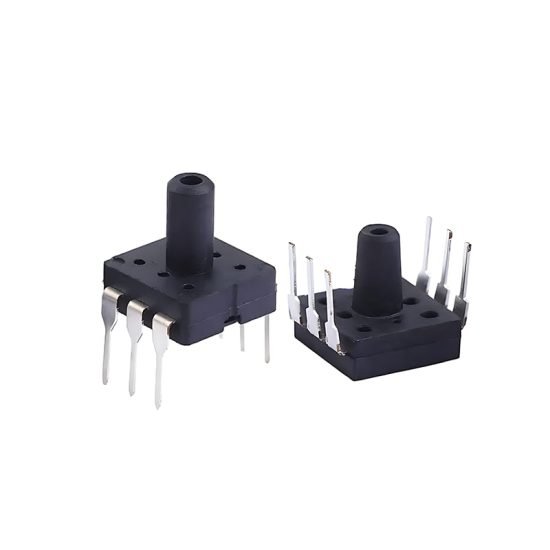Каталог
Sensor outputs are generally divided into two types: analog and digital (bus). The decision should be framed around system communication, anti-interference ability, wiring complexity, and maintenance, rather than focusing only on sensor models or a single parameter.
1. Intuitiveness and Troubleshooting of Analog Output
Analog signals are expressed as continuous voltage or current, which can be measured directly with a multimeter. When an abnormality occurs, the signal rarely disappears completely. Instead, it shows noise, attenuation, or baseline drift, which provides clear clues to locate whether the issue lies in power supply, wiring, or the sensor itself, thereby shortening debugging and troubleshooting time significantly.

2. Cost and Tolerance of Analog Systems
Analog solutions have a lower technical threshold and lower overall costs, including sensors, cables, and acquisition cards, compared to bus systems. Small problems such as cable mismatch, shielding, or grounding are usually reflected as signal degradation rather than total failure. This improves field tolerance and makes quick repair easier, making analog suitable for prototypes and cost-sensitive projects.
3. Anti-Interference and Reliability of Digital Bus
Digital signals use clear voltage levels and error-checking mechanisms, allowing the system to identify and discard corrupted data packets instead of passing noise as false readings. Bus protocols enforce strict standards for cables, termination, and topology, which are results of years of engineering practice. In high-EMI environments and precision motion control, digital bus ensures higher long-term stability and reliability.
4. Wiring, Scalability, and System Size Considerations
Digital bus supports serial topology, node expansion, and repeaters, enabling large numbers of sensors to connect to a single backbone cable. This simplifies cabinet design, reduces wiring bundles, and supports modular deployment. For systems requiring hundreds of I/O points or distributed acquisition across long distances, bus communication usually offers more engineering and cost advantages, especially in large-scale monitoring and industrial automation.
5. Practical Guide: System Needs First
Small-scale systems, prototypes, or applications where convenient debugging is a priority should favor analog outputs. For distributed, large-scale, high-interference, or standardization-focused systems, digital bus is the right choice. Key factors include system size, EMI environment, wiring complexity, and maintenance capability. The goal is to reduce debugging cost while improving operational reliability.
Висновок
There is no universal “best” output mode—only the one most suitable for engineering needs. By placing sensor output decisions in the overall communication and maintenance framework, and weighing scale against EMI conditions, one can achieve lower total cost of ownership and higher system reliability.
Наведене вище введення лише дряпає поверхню застосування технології датчиків тиску. Ми продовжимо досліджувати різні типи сенсорних елементів, які використовуються в різних продуктах, як вони працюють, а також їхні переваги та недоліки. Якщо вам потрібна додаткова інформація про те, що тут обговорюється, ви можете переглянути відповідний вміст далі в цьому посібнику. Якщо у вас немає часу, ви також можете клацнути тут, щоб завантажити докладну інформацію про ці посібники Дані датчика тиску повітря PDF.
Для отримання додаткової інформації про інші сенсорні технології, будь ласка Відвідайте нашу сторінку датчиків.
